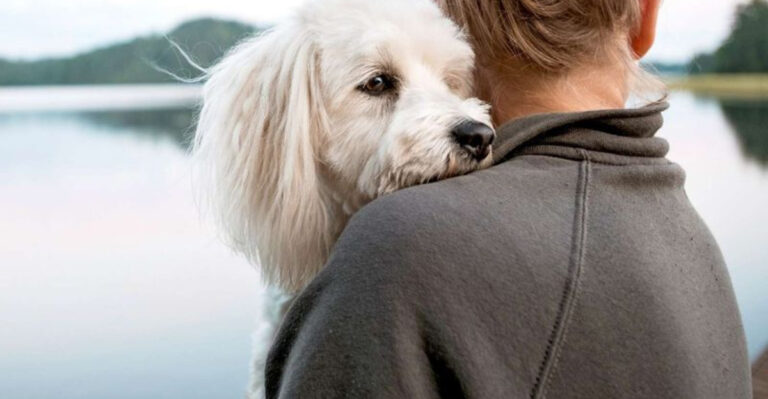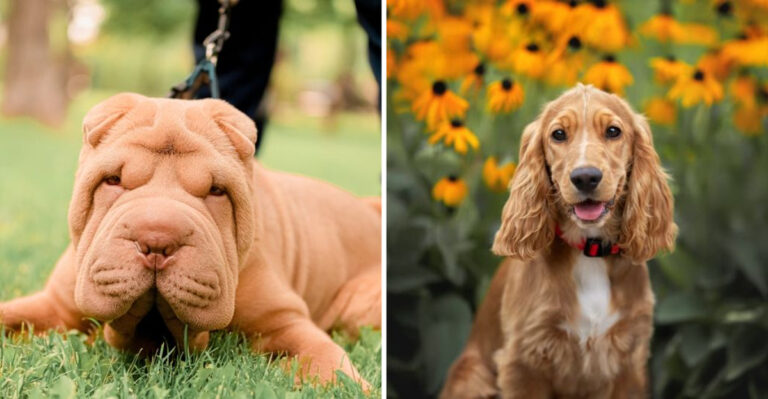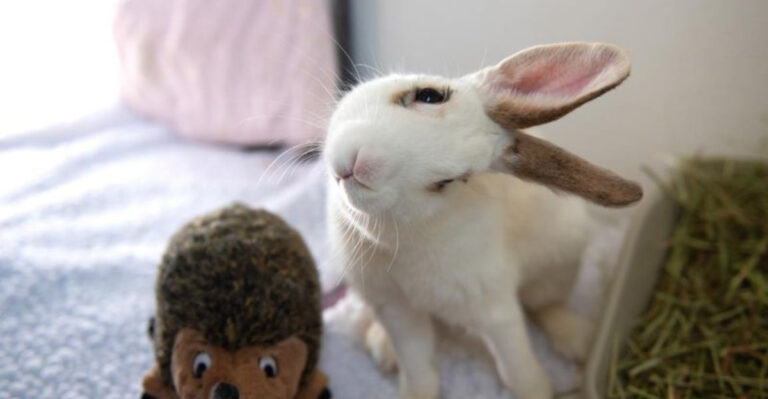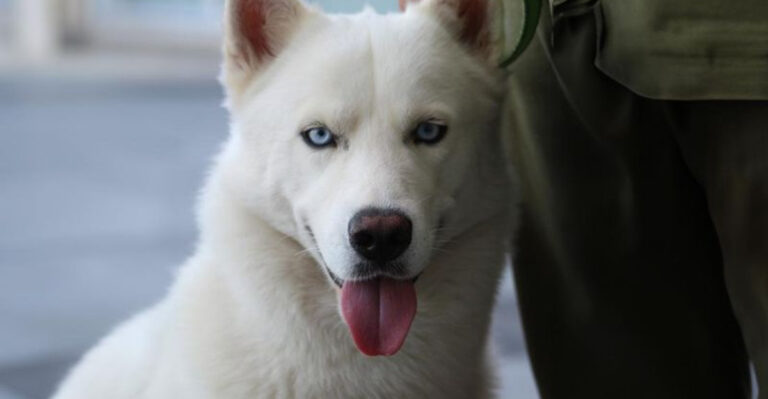Tips For Taking Care Of A Large-Breed Cat
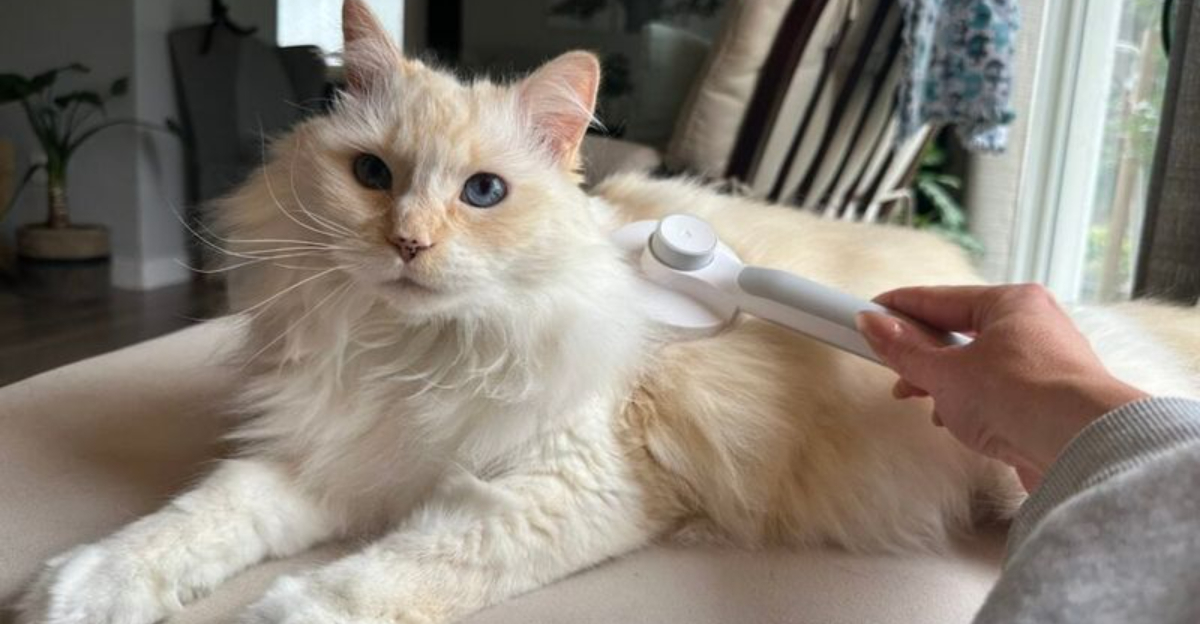
Ever noticed how some house cats look more like mini-tigers than typical felines? Large-breed cats like Maine Coons, Ragdolls, and Savannah cats bring extra joy – and extra challenges – to pet ownership.
Their impressive size means they need special consideration in everything from nutrition to play space. Ready to make your supersized feline companion purr with happiness?
1. Feed A High-Protein Diet
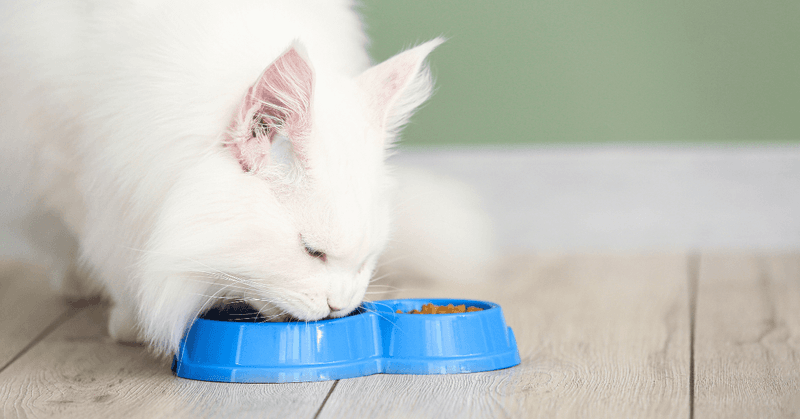
Forget the bargain bin cat food for your magnificent beast! Large-breed cats have more muscle to maintain and need protein-packed meals to stay healthy.
Look for formulas specifically designed for large cats or those labeled for active felines. Your furry giant might eat more than average cats, but quality matters more than quantity.
2. Bigger Litter Box Is A Must
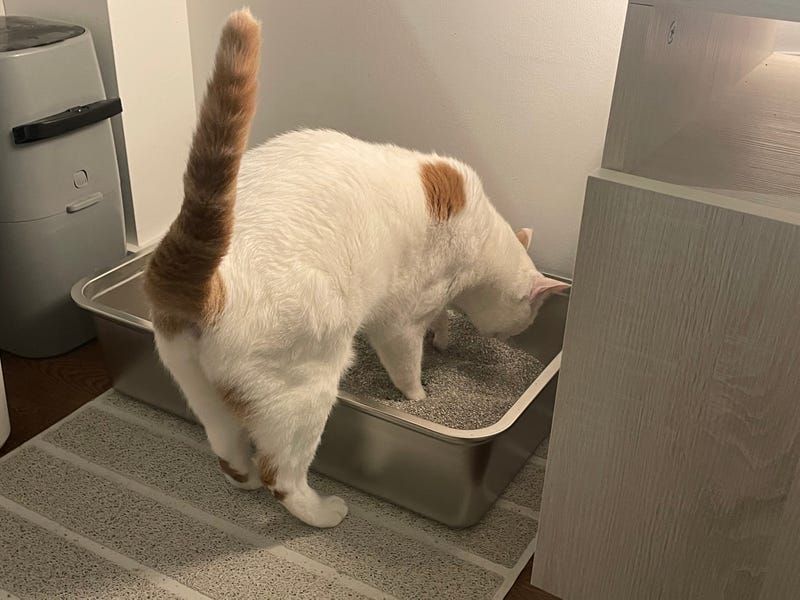
Regular-sized litter boxes simply won’t cut it when your cat resembles a small mountain lion. A cramped bathroom experience leads to messes and unhappy kitties.
Consider storage containers or specialized XL litter boxes that give your big baby room to turn around comfortably. Some owners even repurpose plastic storage tubs for extra space.
3. Sturdy Scratching Posts Save Furniture
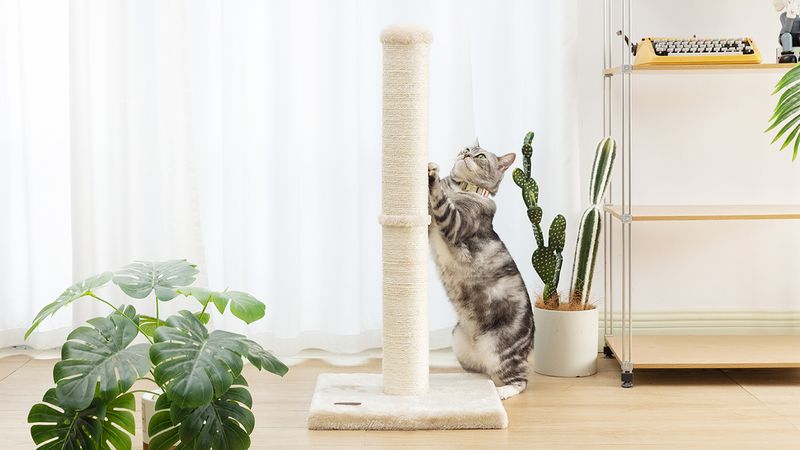
Those powerful paws need proper outlets! Flimsy scratching posts topple when your large cat leans in, creating frustration for everyone involved.
Invest in heavy-duty scratching posts with solid bases. Tall posts allow full stretching, which big cats particularly enjoy. Wall-mounted or corner scratchers work wonders since they can’t be knocked over.
4. Regular Brushing Prevents Hairballs
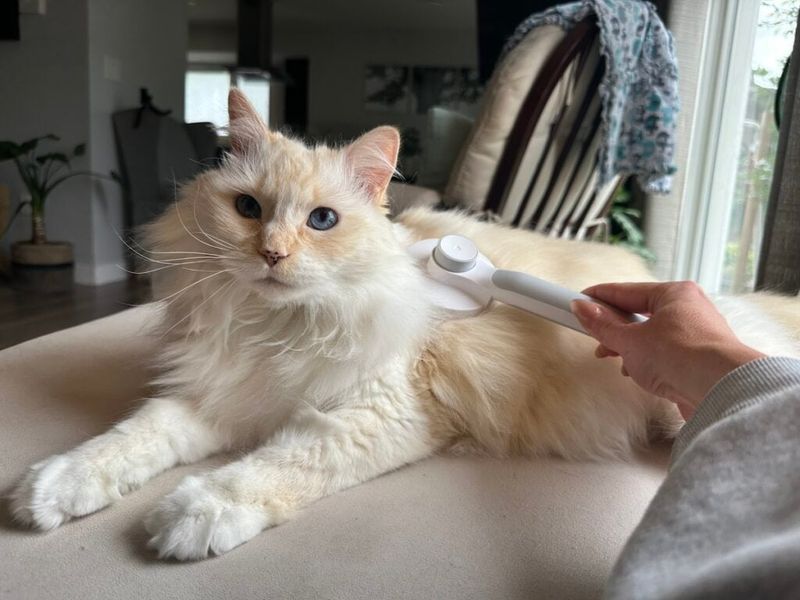
More cat means more fur! Large breeds often have luxurious coats that shed impressively and create monster-sized hairballs if not properly maintained.
Set aside brushing time 2-3 times weekly – more during shedding seasons. Many big cats enjoy the attention, making it bonding time. Specialized de-shedding tools work better than standard brushes for these magnificent coats.
5. Reinforce Furniture For Safety
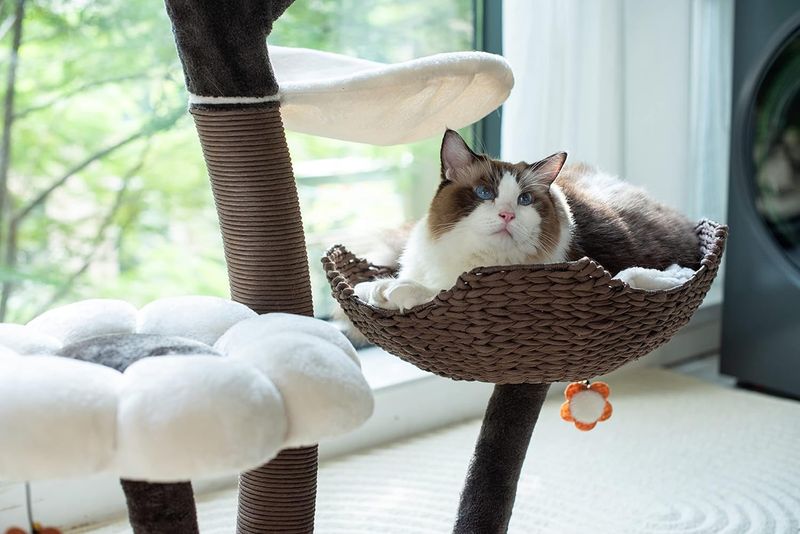
Your 20-pound feline dynamo can stress-test furniture in ways manufacturers never imagined! Cat trees designed for average cats might collapse under your hefty companion.
Look for extra-sturdy cat furniture with wider platforms and reinforced posts. Some owners modify regular furniture with extra supports. Check weight limits before purchasing any pet furniture.
6. Monitor Joint Health Carefully
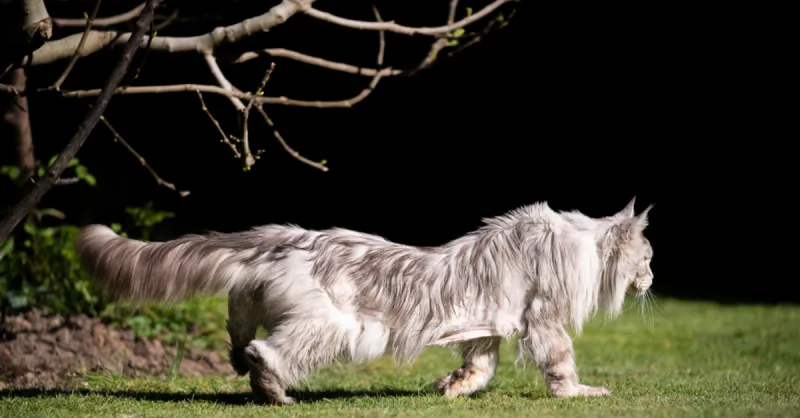
Just like large dogs, big cats can develop joint issues as they age. Their substantial frames put extra pressure on hips, knees, and elbows over time.
Watch for signs of stiffness when jumping or climbing. Many veterinarians recommend joint supplements containing glucosamine for prevention. Provide easy access to favorite spots with ramps or steps as your gentle giant ages.
7. Create Vertical Space Adventures
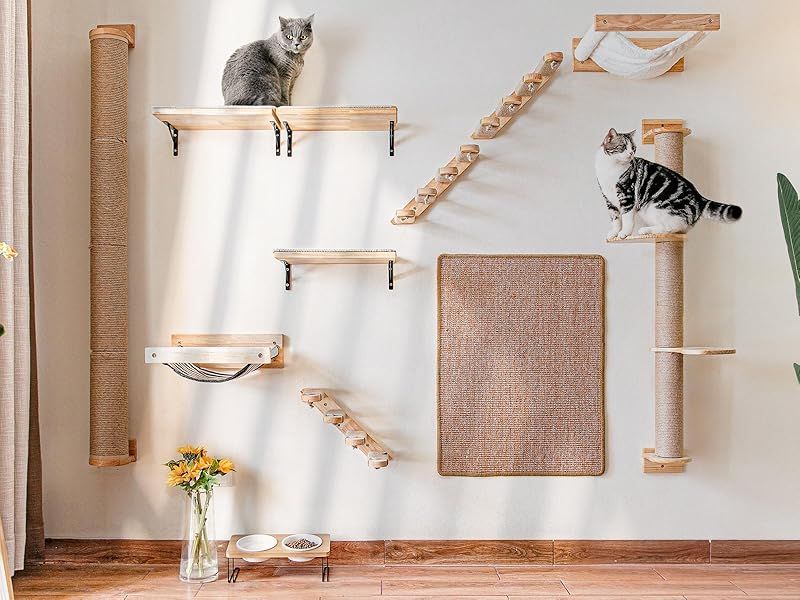
Jumbo-sized kitties need jumbo-sized playgrounds! Despite their size, large breeds retain the climbing instincts of their smaller cousins but require sturdier options.
Wall-mounted shelves create perfect highways for your house panther. Ensure each shelf can support at least 30 pounds. Strategic placement allows exciting routes throughout your home without sacrificing floor space.
8. Handle Heart Health Proactively
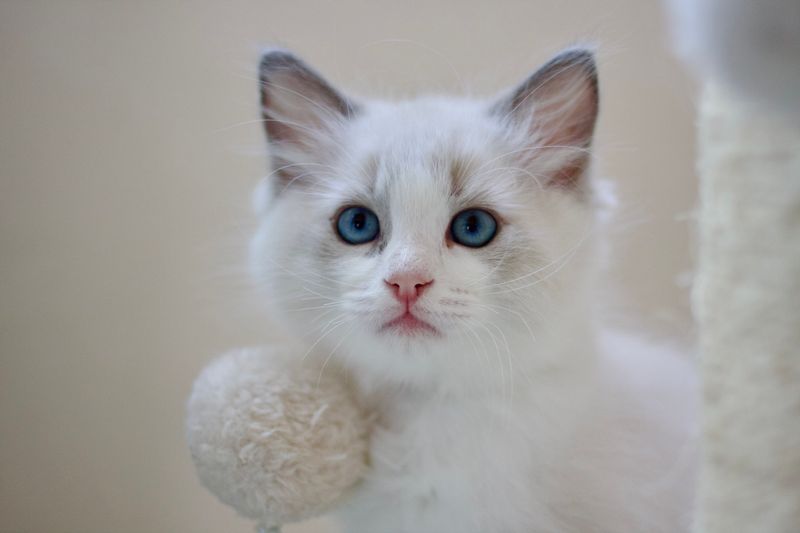
Surprising fact: some large cat breeds have higher risks of heart conditions like hypertrophic cardiomyopathy. Maine Coons and Ragdolls are particularly susceptible to these cardiac issues.
Schedule regular veterinary check-ups that include heart monitoring. Early detection makes all the difference! Some vets recommend annual echocardiograms for high-risk breeds, especially after your cat reaches middle age.
9. Provide Extra-Large Comfort Zones
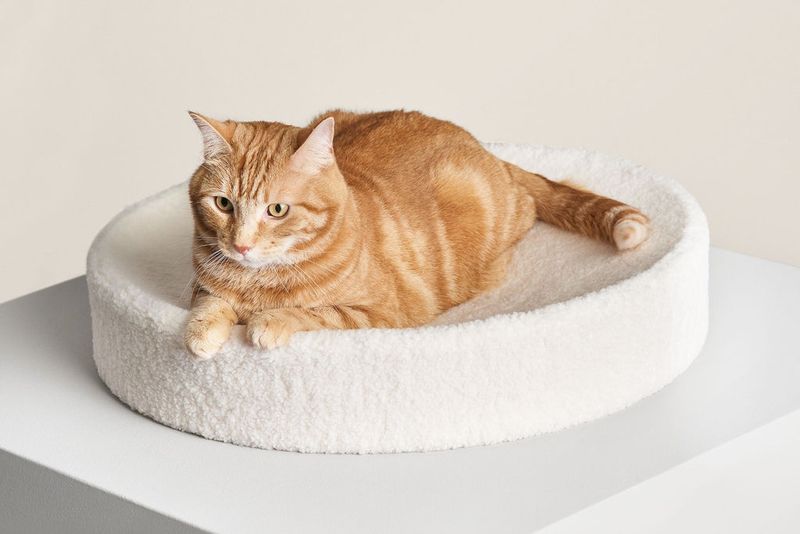
Standard cat beds might as well be postage stamps to your magnificent feline! When a big cat tries to curl up in a tiny bed, limbs inevitably spill over the sides.
Small dog beds often work perfectly for large cats. Memory foam options provide excellent support for heavier bodies. Place multiple beds around your home so your gentle giant always has a comfortable spot nearby.
10. Playtime Needs Supersizing Too
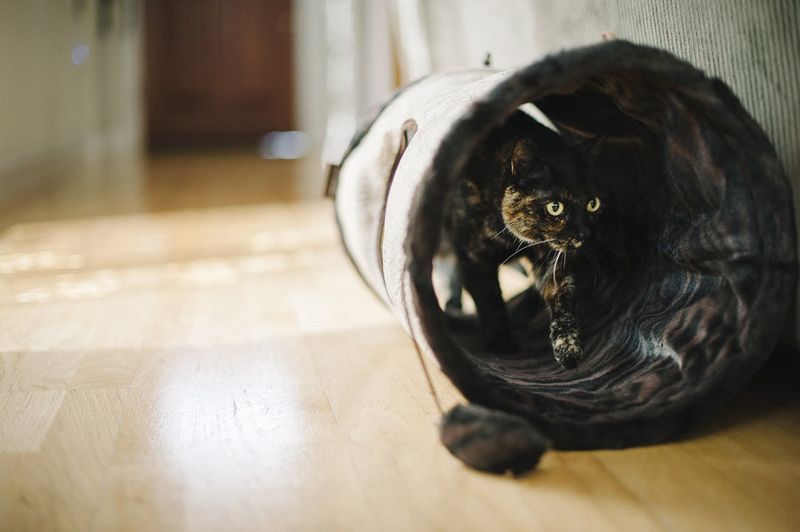
Fishing-rod toys designed for average cats might snap under the enthusiastic pouncing of your household tiger! Large cats play with more force and need sturdier toys.
Look for reinforced wand toys with thicker strings and secure attachments. Interactive puzzle feeders designed for small dogs often work well. Rotate toys regularly to keep your intelligent big cat mentally stimulated and physically active.
11. Customize Travel Accommodations
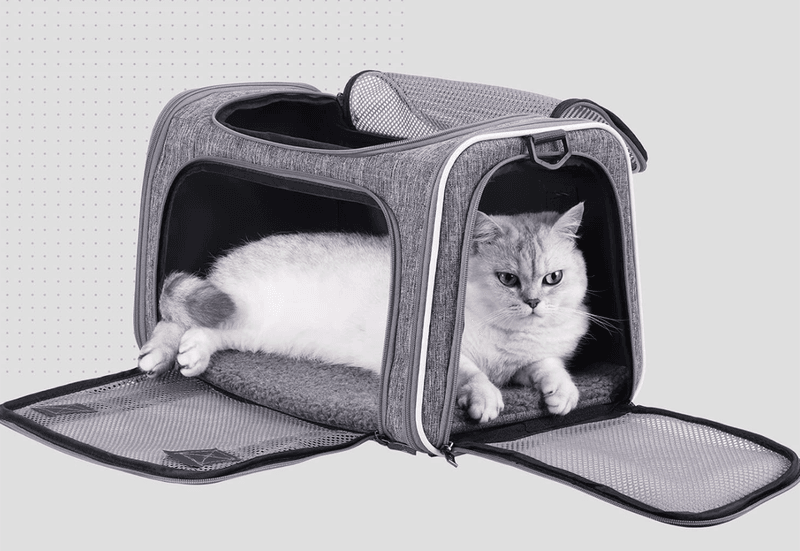
Standard carriers feel like cramped economy seats to your first-class feline! Transportation stress multiplies when your cat barely fits inside the carrier.
Dog carriers often work better for large cat breeds. Look for options with multiple entry points and good ventilation. Practice with the carrier regularly so your cat associates it with comfort, not just stressful vet visits.

